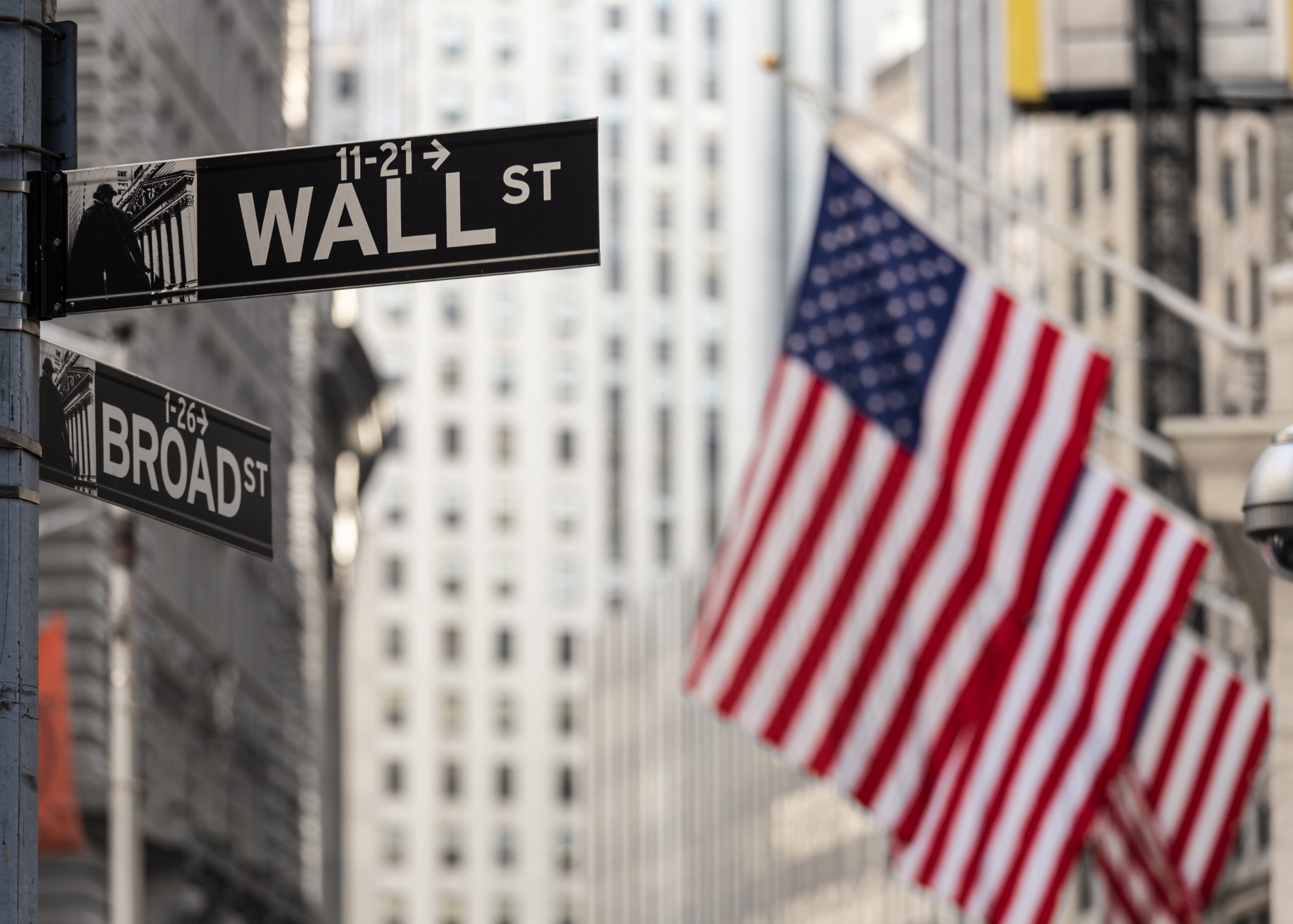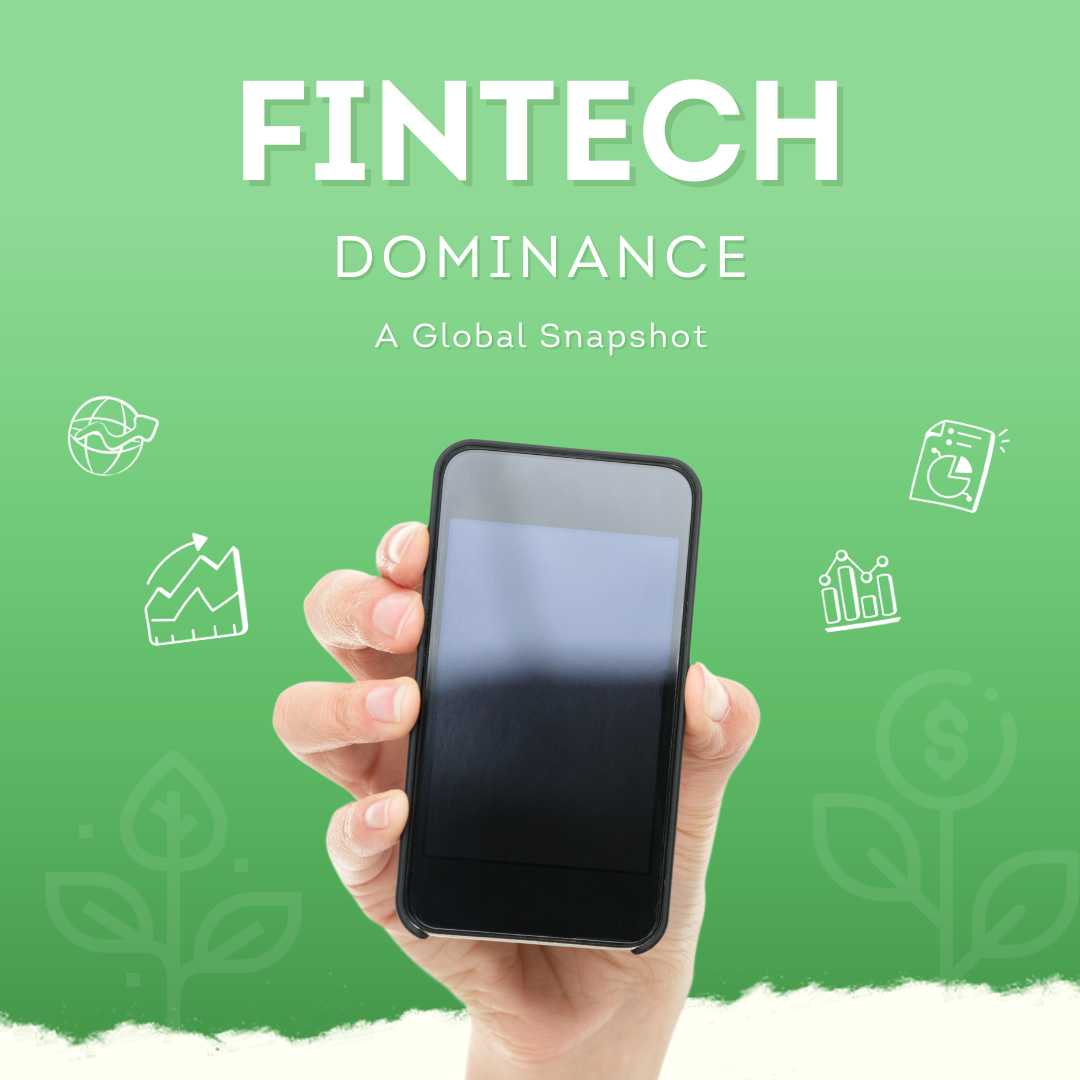The past year has seen a quiet but profound shift in how traditional banks view blockchain technology. Once treated with skepticism, blockchain is now moving from the fringes into the core of banking operations. In March 2025, a little-noticed public hearing in Connecticut symbolized this change: Fnality International, a bank consortium-driven blockchain payment network, sought a U.S. bank charter and Federal Reserve approval to launch a digital dollar settlement system. If approved, U.S. banks would gain access to a 24/7, blockchain-based network for moving funds backed by central bank money – a development almost unthinkable a few years ago. This editorial explores how and why U.S. banks are integrating blockchain, compares their progress with peers in the UK and EU, and examines the regulatory frameworks influencing this trend. The acceleration is real, data-backed, and raising thought-provoking questions about the future of finance.

Table of Contents
ToggleWall Street Warms to Blockchain: How and Why Adoption Is Accelerating
Not long ago, most big banks kept blockchain at arm’s length, unsure if it was hype or threat. Today, that hesitation is evaporating. Over 80% of banking executives now say blockchain technology will generate new revenue streams in finance, and 81 of the world’s 100 largest public companies (including major banks) report they are using or exploring blockchain solutions. What’s driving this change? In part, competitive pressure – as crypto startups and fintechs offered faster payment rails and tokenized assets, banks realized they must adapt or risk being outpaced. Blockchain’s advantages in security and efficiency are also hard to ignore: it offers near-instant settlement, round-the-clock operations, and tamper-evident recordkeeping, helping to tackle longstanding pain points like slow cross-border transfers and costly intermediaries. After seeing these benefits in pilots, banks are increasingly convinced that blockchain can be a “strategic enabler” of new services rather than just a disruptive threat.
JPMorgan Chase provides a striking example of this shift. The bank was an early skeptic of cryptocurrencies, yet it built one of the most ambitious private blockchain platforms in banking. JPMorgan’s Liink network (formerly IIN) now serves as a kind of blockchain highway for interbank information sharing, with over 400 financial institutions participating worldwide. Liink streamlines tasks like verifying account info and resolving payment inquiries – chores that once took days of back-and-forth can now be done in minutes on a shared ledger. Beyond information exchange, JPMorgan’s blockchain division Onyx has rolled out JPM Coin, a dollar-backed stablecoin used internally for wholesale payments. As of late 2023, JPM Coin was moving about $1 billion in transactions per day for the bank’s corporate clients – real money, not just a tech demo. “JPM Coin gets transacted on a daily basis mostly in U.S. dollars” and is expanding into euros, noted the bank’s head of payments. This volume underscores a broader point: what started as tentative experimentation is fast becoming mission-critical infrastructure. JPMorgan’s success has prompted other U.S. banks to follow suit or form consortia, recognizing that blockchain can reduce settlement times and improve liquidity management in ways legacy systems can’t easily match.
Another motivation for banks is the prospect of new markets and efficiencies. Take the notoriously clunky syndicated loan market – a $4 trillion sector still mired in paper and fax. A group of major banks including Citi, Bank of America, JPMorgan, and Credit Suisse invested in the Versana Platform, a blockchain-based loan registry aiming to modernize this space. By using a shared ledger for loan data, Versana seeks to eliminate redundant data reconciliation and provide real-time transparency for participants. “Versana is not just about modernizing the market. We want to continue to innovate and offer new solutions that help the market grow and scale. Everyone wins when the market has the best data and the technology to use it,” said Versana’s CEO Cynthia Sachs. Her comment reflects a pragmatic optimism now prevalent among bankers: the idea that blockchain is a tool to “grow the market” and make finance more efficient for all, rather than a zero-sum disruptor. Banks are also eyeing revenue in areas like tokenized securities (digital versions of stocks, bonds, etc.) and custody of digital assets for clients. In fact, Bank of America – hardly a crypto cheerleader publicly – has quietly become one of the top blockchain patent holders in the world, with over 80 blockchain-related patents to its name. Such intellectual property investment suggests big banks have been positioning for a blockchain-based future behind the scenes, even while headlines focused on their wary public stance.
Crucially, the data now backs up the notion that blockchain in banking is more than hype. A recent industry report identified over 70 distinct projects by banks globally involving stablecoins or tokenized deposits (i.e. digital representations of bank money). Many of these initiatives reached pilot or production stage in the last 12–24 months. The U.S. commands roughly 48% of global blockchain investment, signaling that American institutions are heavily involved. Even culturally conservative institutions like Fidelity Investments and CME Group have made recent moves – Fidelity is piloting a tokenized money market fund alongside a stablecoin project, and CME (the largest U.S. derivatives exchange) announced a blockchain-based platform to handle tokenized collateral for trades. All in all, an unmistakable critical mass is forming. After years of proofs-of-concept, several bank-backed blockchain networks are now live, scaling, and handling significant value. The narrative has flipped; it’s no longer “why bother with blockchain,” but rather “how do we make sure we’re not left behind.”
Across the Pond: UK and EU Banks Take a Parallel Path
To understand where U.S. banks might be headed, it helps to look abroad. In some ways, European and UK banks have moved even faster to weave blockchain into traditional finance – often with support from regulators. The centerpiece is Fnality International itself. Based in London, Fnality was formed by a consortium of global banks (including Santander, HSBC, Barclays, UBS and others) to create a network of blockchain-based payment systems using digital tokens fully backed by central bank deposits. In essence, Fnality’s plan is to issue “Utility Settlement Coins” (USC) – tokenized versions of major currencies – that institutions can use for near-instant settlement of payments and securities trades. Importantly, these USCs are not cryptocurrencies in the wild west sense; they are 100% backed by cash at central banks, making them as trustworthy as the fiat money in a bank’s reserve account. The promise is huge: cross-border transfers that now take days and hefty fees could be completed in seconds, “plagued by high fees, slow transaction times and opacity” no more. And because Fnality integrates with existing central bank payment systems (like the Bank of England’s RTGS), it aims to act as a bridge rather than a replacement – linking traditional and blockchain networks for maximum reach.
After years of development, Fnality’s vision is finally becoming reality overseas. The Bank of England and UK Treasury have been cautiously supportive – in fact, the UK Treasury designated Fnality as a systemically important payment system in 2022, putting it in an elite club of infrastructure vital to the financial system. This designation, while raising the bar for risk management, was a signal that regulators see blockchain settling real money as a serious, legitimate business. By late 2023, Fnality received the green light to commence its first operations in sterling. A handful of banks (including Lloyds, Santander, and UBS) quietly executed the first live Fnality payments in GBP around December 2023. These initial transactions – reportedly focused on low-risk use cases like interbank repo trades – marked the world’s first instance of wholesale bank payments on a distributed ledger with central bank funds. The rollout is deliberately cautious (the Bank of England insisted on a “managed and phased approach” to scaling up participation), but momentum is building. Fnality’s spokesperson noted they have a “strong pipeline” of banks onboarding to use the sterling network for activities “spanning repo through margin transactions”. In other words, more institutions are lining up to tap blockchain for fast, secure settlement of core financial trades. By proving itself in the UK, Fnality lays the groundwork for multi-currency networks – the consortium aims to launch versions for euro, yen, and critically, the U.S. dollar in the near future.

Elsewhere in Europe, banks and market infrastructures are teaming up on other blockchain endeavors. In Switzerland, the stock exchange operator SIX, along with partners like Deutsche Börse and Goldman Sachs, recently launched the Canton Network, a blockchain platform designed to sync up various financial market applications. Canton’s focus is on interoperability – ensuring different systems (for securities issuance, asset servicing, etc.) can talk to each other seamlessly on a shared ledger. A standout feature is its emphasis on privacy and compliance: unlike public crypto chains where all data is open, Canton uses cryptography to share data only with entitled parties, addressing banks’ concerns about confidentiality. This approach aligns with European sensibilities on data protection while harnessing blockchain’s benefits. Likewise, major European banks have tackled trade finance via blockchain. HSBC and BNP Paribas led Project Agora, creating a shared digital ledger for tracking global trade transactions and documents. The idea is to eliminate paperwork and fraud in the $5+ trillion trade finance market by having one tamper-proof record of shipments, insurance, customs, and payments accessible to all authorized participants. Such efforts mirror those in the U.S. (where Marco Polo and other consortia have tested similar concepts), but European projects have often enjoyed clearer regulatory endorsement through sandbox programs and EU-wide frameworks.
Regulation, indeed, is a key piece of the transatlantic comparison. The European Union and UK have been proactive in crafting rules to accommodate digital assets, which in turn has emboldened banks there. The EU’s Markets in Crypto-Assets (MiCA) regulation, approved in 2023, set out comprehensive rules for stablecoins and token offerings – providing much-needed legal clarity. The UK, for its part, is running a Digital Securities Sandbox in 2023-24 to let financial firms experiment with issuing and trading tokenized securities under regulatory supervision. This sandbox is even slated to host the issuance of “digital gilts” (UK government bonds on blockchain), with big banks likely involved as underwriters. Such initiatives indicate that European regulators want to “future-proof” their markets by embracing blockchain in a controlled manner. It’s no surprise, then, that industry voices abroad have been upbeat. “Blockchain is back in from the cold … with the involvement of major financial institutions,” wrote one World Economic Forum report in early 2024, noting that banks like HSBC, Standard Chartered, and Goldman Sachs had all announced deepened blockchain projects in recent months. That report even predicted that up to 10% of global GDP could be tokenized on blockchains by 2027 if current trends continue. While such forecasts may prove high, they illustrate the scale of transformation that European and Asian markets are bracing for – a transformation U.S. banks do not want to sleep through.
So what does Fnality’s advance in London mean for New York? In practical terms, if Fnality’s U.S. dollar network gets the Fed’s blessing, American banks will be able to seamlessly transact with their European counterparts on a unified blockchain platform. Imagine a U.S. bank swapping dollars for euros with a European bank not via the slow correspondent banking system but via two Fnality networks interoperating in real-time. Foreign exchange swaps, cross-currency repo, and international securities settlement could be done in seconds rather than hours or days. Moreover, those transactions would carry lower risk – since the tokens are central bank-backed, participants don’t fear a stablecoin issuer defaulting or a crypto token crashing. In effect, Fnality could give U.S. banks a private-sector alternative to a central bank digital currency: a tokenized form of central bank money for wholesale use. The implications are far-reaching. It might reduce dependence on intermediaries like clearinghouses and custodians for certain operations, as banks could settle obligations peer-to-peer on the ledger. It could also pressure existing payment networks (like SWIFT or Fedwire) to speed up and cut costs to remain competitive. This is not to say those legacy networks disappear – rather, they might coexist and even interlink with blockchain networks over time. We are seeing the early stages of what could become a new financial architecture where traditional and decentralized systems converge. As Larry Fink, chairman and chief executive of BlackRock mused about tokenization, “Distributed ledgers will bring instantaneous settlement and change the whole ecosystem.” The U.S., by joining networks like Fnality, would ensure it is part of that new ecosystem rather than watching from the sidelines.
Regulators at the Gate: FedNow, the SEC, OCC, and Policy Evolution
No discussion of banking and blockchain is complete without examining the regulatory landscape. In the U.S., regulation has been a double-edged sword for blockchain adoption – at times enabling innovation, at times pumping the brakes. Currently, we’re seeing both headwinds and tailwinds from different corners of the regulatory world, but the general trajectory is toward more clarity (albeit slowly). On one hand, U.S. regulators spent much of 2022–2023 in an aggressive stance toward crypto – the SEC led high-profile enforcement actions, and banking agencies cautioned banks about exposure to crypto markets after some notable failures. This created a chilling effect that made many banks reluctant to touch anything labeled “cryptocurrency.” On the other hand, behind the scenes regulators were also laying groundwork to let blockchain applications proceed under oversight. Perhaps ironically, the events of the past year – including crypto’s big blowups – have reinforced the idea that if blockchain-based finance is to grow, it should do so within the regulated banking perimeter rather than outside of it. As a result, we’re now seeing regulators start to provide paths for banks to engage in this domain safely.
One big development was the launch of the Federal Reserve’s FedNow service in July 2023. FedNow is not blockchain-based – it’s a traditional central bank operated instant payment network – but its arrival was notable for two reasons. First, it finally gave U.S. banks the ability to clear and settle payments 24/7 in real-time through the Fed, something that crypto payment systems have offered for years. Fed Chair Jerome Powell said FedNow will “make everyday payments faster and more convenient” for Americans, bringing the U.S. in line with other countries that have long had instant payments. Second, FedNow underscored that speed and efficiency in payments are a national priority, not just a crypto buzzword. In fact, FedNow delivers some of the same benefits touted by blockchain proponents – as one observer noted, it “offers functionality that proponents of cryptocurrencies and blockchains have long championed: making it easier to move money around.” To the extent FedNow succeeds, it could lessen the use case for private stablecoins in domestic payments (why use a dollar token if bank transfers are instant and free?). But it could also serve as a complement to blockchain networks: for instance, a bank could use FedNow for retail client payments and a blockchain network like Fnality for large-value interbank transfers, each in the contexts where they work best. Either way, the Fed’s move signals that the status quo of slow payments is ending, with or without blockchain – which implicitly nudges banks to explore all available tech to keep up.
Meanwhile, other regulators have started updating guidelines to accommodate blockchain in the banking sector. The Office of the Comptroller of the Currency (OCC) – which oversees national banks – made a noteworthy reversal in early 2025. The OCC rescinded a prior requirement that banks seek special permission before engaging in certain crypto-related activities, such as using stablecoins for payments or operating nodes on a blockchain. In effect, the OCC is returning to an earlier policy (from 2020) that green-lit those activities as part of normal banking, so long as banks manage the risks. The agency said its reversal was “intended to reduce burden, encourage responsible innovation, and enhance transparency.” This is a strong positive signal: the primary regulator of U.S. banks is explicitly encouraging blockchain innovation under a responsible framework. It means a bank that wants to, say, issue its own tokenized deposit or use a stablecoin for cross-bank settlement no longer faces a protracted wait for regulatory sign-off – they can proceed, provided they comply with standard safety and soundness rules. Similarly, the FDIC (which insures banks) has been rethinking its stance. The FDIC’s Acting Chairman recently acknowledged that completely prohibiting banks from interacting with public blockchains is “clearly too restrictive,” noting that other countries have allowed banks to do so for years. He mused about what prudent guardrails would look like, rather than asking whether such activity should occur at all. This marks an important change in tone: regulators are shifting from “no, because risks” to “yes, if risks are managed” on blockchain matters.
Of course, not all regulators are moving at the same pace. The Securities and Exchange Commission (SEC), which oversees securities markets, has been cautious to the point of confrontation when it comes to crypto assets – an approach that banks find frustrating when trying to issue tokenized securities or trade digital assets. However, even the SEC appears to be slowly coming around under public and political pressure. Industry observers expect clearer SEC guidelines on what constitutes a security token and how alternative trading systems can handle digital assets, especially as traditional players like NASDAQ and Charles Schwab signal interest in digital asset exchanges. In Congress, there is also movement: stablecoin-specific legislation has been a hot topic. Proposed bills in 2023–24 sought to define the rules for stablecoin issuers, possibly requiring bank charters or Federal Reserve oversight for those that circulate in the U.S. market. While no bill has become law yet, the new Congress in 2025 has shown urgency. Lawmakers from both parties have called for the U.S. to be a “leader in the digital asset market” and not drive innovation offshore. According to one legal analysis, stablecoin legislation is moving quickly and could be adopted within the year, which would explicitly permit certain types of payment stablecoins for use throughout the U.S. economy. Such legislation could open the door for banks to issue their own dollar-pegged tokens (essentially digital cash equivalents), under federal oversight. If that happens, it would supercharge blockchain adoption by traditional institutions – because clarity is often the final barrier to action. Surveys consistently show over 60% of executives cite regulatory uncertainty as a main barrier to blockchain adoption, so clear laws can flip many from wait-and-see to go-live.
The broader regulatory philosophy seems to be coalescing around a simple idea: same activity, same risk, same rules. Using a blockchain should not exempt anyone from safeguards, but neither should it be forbidden if it can meet those safeguards. We see this in how the Federal Reserve is handling Fnality’s application. Rather than rejecting the concept, the Fed is treating Fnality much like any novel bank, evaluating its “innovation bank charter” application in Connecticut and the request for a Federal Reserve master account on its merits. A public vetting is underway, indicating regulators are open to new infrastructures if they can be made safe and robust. There’s also a recognition that other jurisdictions are forging ahead – and that the U.S. risks falling behind if it doesn’t modernize rules. Japan, the UK, the EU, Singapore, and others have already enacted laws or guidance for digital assets, giving their banks a head start. U.S. regulators, often criticized for a slow or fragmented approach, seem determined not to let the entire wave of innovation pass by. As one U.S. regulator aptly put it, it’s “imperative that regulators fully understand and holistically address these significant shifts… while enabling innovations that promote economic growth”. The tightrope walk is to foster cutting-edge financial tech inside the regulated system – where watchdogs can see and manage it – rather than pushing it into the shadows. From the recent policy signals, it appears that U.S. banking authorities are increasingly inclined to let banks experiment (carefully) with blockchain-based products that could make markets more efficient, so long as consumer protections and financial stability aren’t compromised.

A New Financial Fabric in the Making
As we stand today, the integration of blockchain into traditional banking is no longer a futuristic talking point – it’s happening, incrementally but undeniably. U.S. banks, after years of baby steps, are now making meaningful strides: launching real services, investing in infrastructure, and transacting in billions on blockchain platforms. Their counterparts in the UK and EU are doing the same, often with a bit more regulatory blessing and coordination. This transatlantic progression feels less like a sprint by one region and more like a step-by-step choreography, with each side learning from the other. Fnality’s journey is a case in point – born from a global consortium, tested in London, now poised to transform settlements in New York. Its success could spur even more collaboration among banks worldwide to ensure these new networks interconnect and function smoothly across borders. In fact, if two or more major currencies go live on blockchain settlement networks by the end of this year, it opens the door to entirely new possibilities for foreign exchange and liquidity management. We may soon see a trader in London execute a near-instant FX swap with a counterparty in New York, with each side using central bank tokens of their local currency, and the whole transaction settling in seconds on a DLT platform. Such efficiencies would have been science fiction to bank treasurers a decade ago.
The strategic calculus for banks has fundamentally shifted. It’s no longer “should we bother with blockchain?” but “how do we leverage it in a way that aligns with our business and regulatory requirements?” Banks are picking their spots – from cross-border payments to trade finance to capital markets clearing – where distributed ledgers can solve specific frictions. They are also forming alliances (with each other and with fintech firms) recognizing that network-based innovation is a team sport. No single bank can modernize the system alone; success comes from consortia and common standards, which is very much in the spirit of blockchain’s network design. At the same time, banks and regulators alike are conscious of the risks: cybersecurity, operational resilience, and the need to ensure that decentralized systems don’t spiral out of control in a crisis. This is why most bank-led blockchains are permissioned networks with known participants and governance rules, rather than open wild-west ecosystems. The likely endgame is a hybrid model: highly regulated blockchain networks coexisting and interoperating with traditional systems. In effect, the banking sector is weaving a new financial fabric – one that includes blockchain threads for strength and speed, stitched into the existing cloth of finance that has been built over decades.
The implications of this new fabric invite both optimism and reflection. Optimism, because many long-standing inefficiencies (think T+2 securities settlement lags, or capital tied up due to mistrust in overnight markets) could be drastically reduced. For consumers and businesses, that means faster access to funds, lower fees, and perhaps entirely new financial products (imagine assets that automatically pay interest via smart contracts, or loans that settle instantaneously upon approval). Already, BlackRock’s CEO Larry Fink has argued that “the next generation for markets… will be tokenization of securities,” bringing instant settlement and a transformed ecosystem. When the chief of the world’s largest asset manager is essentially championing blockchain’s core value proposition, it’s a sign that this technology has graduated to the financial establishment. At the same time, reflection is needed on how to manage the transition. As banks lean into blockchain, they must guard against new systemic risks – for example, ensuring that if a blockchain network fails or a smart contract misfires, there are contingency plans just as there are for ATM or payment network outages. Regulators will play a crucial role in providing oversight without smothering innovation. They’ll need to continue updating rules (and perhaps laws) to handle questions like digital asset custody, finality of blockchain transactions, and consumer rights in a tokenized world.
For the readers of a fintech-focused publication, the story unfolding is both exciting and validating. Many of you have followed blockchain since its early days, waiting for the “real” use cases to materialize in mainstream finance. Now they are here – not with a bang of overnight revolution, but with the steady hum of evolution. We see venerable institutions like JPMorgan, HSBC, and Goldman Sachs writing code, running nodes, and transacting in digital tokens. We see regulatory agencies hosting crypto roundtables and bank CEOs talking about blockchains in earnings calls. We see hard numbers: daily transaction values in the billions on bank tokens, double- or triple-digit growth rates in tokenized assets, and dozens of consortia projects bearing fruit. All of this would have been hard to imagine when blockchain first entered the lexicon via Bitcoin.
In closing, the accelerated adoption of blockchain by traditional banks represents a rare alignment of technology push and market pull. The technology has matured to a point where it can handle real workloads, and the market (banks and their clients) has developed a genuine appetite for the capabilities it offers. Fnality International’s advances are a microcosm of this convergence – a technically sophisticated solution meeting a very real market need for better settlement mechanisms. Whether Fnality in the U.S. clears its final regulatory hurdles or not, it has already influenced the conversation and set a benchmark. U.S. banks are now firmly on the path of blockchain adoption, alongside their UK and EU peers, navigating through a patchwork of enabling and cautionary regulations. The journey from here will involve challenges, no doubt, and not every project will succeed. But the direction is set. As the new financial fabric gets woven tighter, the coming years could see previously siloed systems interlace, liquidity flow more freely, and perhaps the emergence of a genuinely global network of value exchange that operates as seamlessly as the internet. That prospect should spark the imagination of optimists and realists alike – and it reminds us that in finance, as in technology, change often happens gradually, then suddenly. The banks, it appears, are finally banking on blockchain, and the implications for the future of money are just beginning to unfold.












